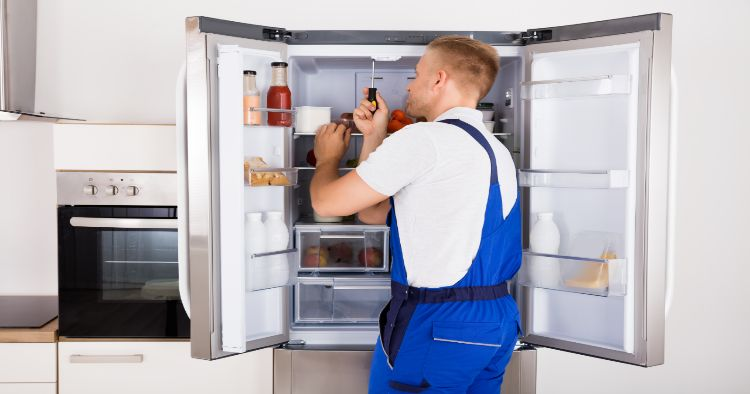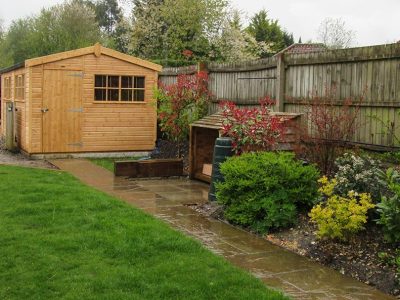Refrigerators are indispensable appliances in our daily lives, keeping our perishables fresh and our favorite beverages chilled. However, like all machines, they can occasionally encounter problems that disrupt their optimal functionality. When your refrigerator starts acting up, it’s essential to diagnose the issue promptly and take appropriate action to avoid food spoilage and costly replacements, refrigerator repair tampa.
In this article, we will guide you through the process of refrigerator repair, helping you identify common problems and providing DIY fixes to get your fridge back in working order.
Refrigerator Not Cooling Properly:
One of the most common issues people face with their refrigerators is inadequate cooling. When your fridge fails to maintain the desired temperature, follow these steps:
- Check the thermostat settings to ensure they are set correctly.
- Ensure that the condenser coils on the back or underneath the fridge are clean and free from dust and debris.
- Verify that the door seals are intact and sealing properly. Replace damaged seals if necessary.
- If the problem persists, you might need to clean or replace the evaporator fan or condenser fan motors.
Water Leaking Inside the Fridge:
A leaking refrigerator can cause water damage and a messy cleanup. To tackle this issue:
- Inspect the defrost drain to ensure it’s not clogged with ice or debris.
- Make sure that the drain pan located at the bottom of the fridge is not cracked or overflowing.
- Empty and clean it if needed.
Check the water supply lines and connections for leaks.
Unusual Noises:
Odd noises emanating from your refrigerator can be unsettling. To address this problem:
- Determine the source of the noise. It could be the condenser fan, evaporator fan, or the compressor.
- Clean or replace any worn-out or malfunctioning components.
- If the compressor is the issue, it’s best to consult a professional technician, as compressor repairs can be complex.
Freezer Is Icy or Frost Buildup:
Excessive ice or frost inside the freezer can obstruct airflow and affect cooling. Here’s what you can do:
- Defrost the freezer and remove all ice buildup. Turn off the refrigerator for a few hours or follow your appliance’s defrosting instructions.
- Ensure that the freezer door is sealing correctly.
- Check the gasket for any damage or wear and replace it if necessary.
Fridge Not Running:
If your refrigerator is completely silent and not running at all, try the following:
- Confirm that the power cord is securely plugged into the outlet.
- Check the circuit breaker or fuse box to ensure there isn’t a power issue.
- If these steps don’t solve the problem, it’s time to contact a professional repair technician.
Conclusion:
Regular maintenance and prompt attention to issues are key to extending the lifespan of your refrigerator. While some refrigerator repairs can be handled as DIY projects, others may require the expertise of a professional technician. If you’re unsure about tackling a particular problem, it’s always a good idea to seek professional assistance to prevent further damage and ensure the longevity of your appliance. By understanding and addressing common refrigerator issues, you can save money, reduce food waste, and keep your kitchen running smoothly.













Comments